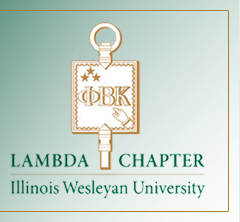Aesopian Language of Soviet Era Children’s Literature: Translation, Adaptation, and Animation of a Western Classic
Graduation Year
2017
Abstract
Analyzing spoken, written, visual, or tangible material can offer sophisticated insight into the complexity of social life, understood through analysis of language in its widest sense; it offers ways of investigating meaning, whether in conversation or in culture. The idea of retelling foreign texts may be alien to some cultures, and understanding why, how, and when a particular work was created is essential for understanding the Russian one. In highly censored Russian culture, skepticism is a prerequisite for reading a text in the Soviet era, as it frequently served as an Aesopian hint or an allegory on contemporary issues. “Aesopian language” as a term was first coined by Russian satirist Mikhail Saltykov-Shchedrin in his Letters to Auntie (1881-1882), in order to designate a “figurative language of slavery”, an “ability to speak between the lines… at a time when literature was in a state of bondage”. The practice of this elusive discourse is investigated in Lev Loseff’s fundamental study, in which he defines Aesopian language as “a special literary system, one whose structure allows interaction between the author and reader at the same time that it conceals inadmissible content from the censor”.1Russian texts written during this time have a tendency to unlock secret meanings, social critique, and political challenges, thus Soviet cultural production can be understood as an act of resistance.
Recommended Citation
Borisova, Boryana
(2017)
"Aesopian Language of Soviet Era Children’s Literature: Translation, Adaptation, and Animation of a Western Classic,"
CrissCross: Vol. 5:
Iss.
1, Article 1.
Available at:
https://digitalcommons.iwu.edu/crisscross/vol5/iss1/1


Comments
Ms. Borisova's paper was awarded University Honors.